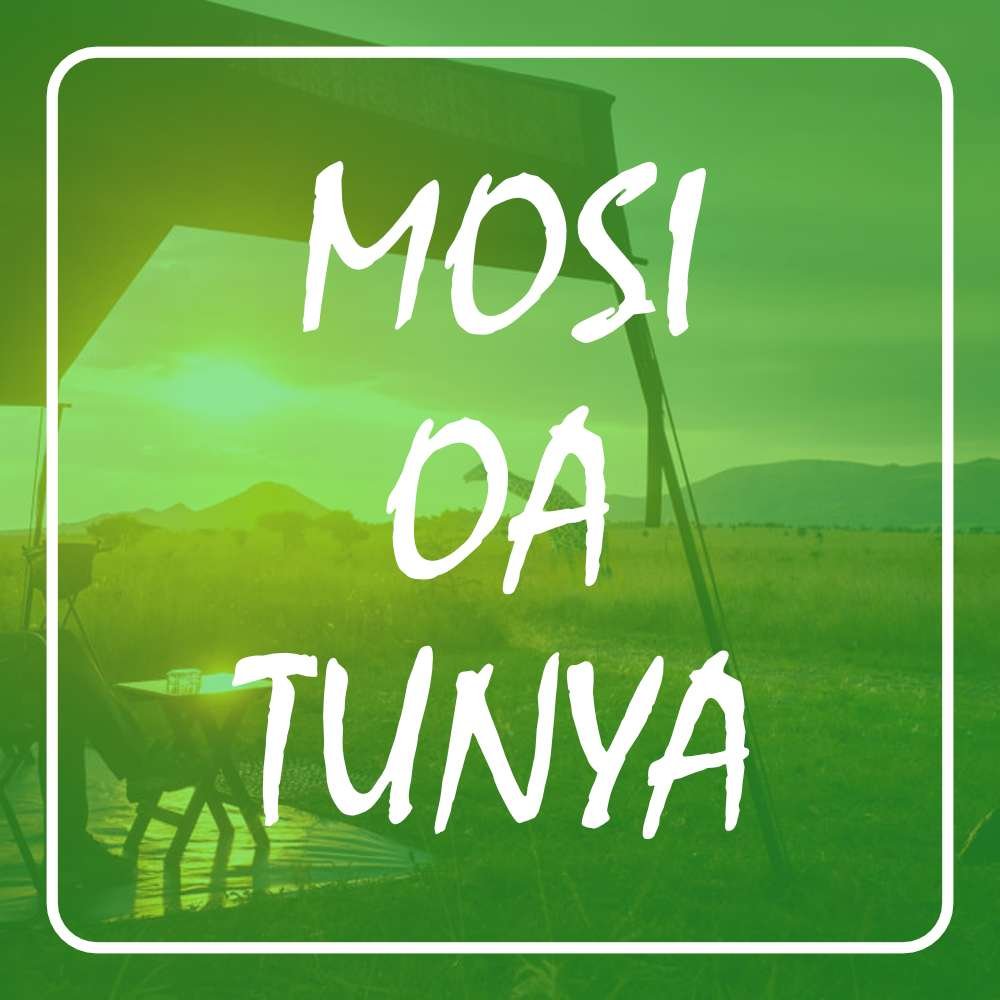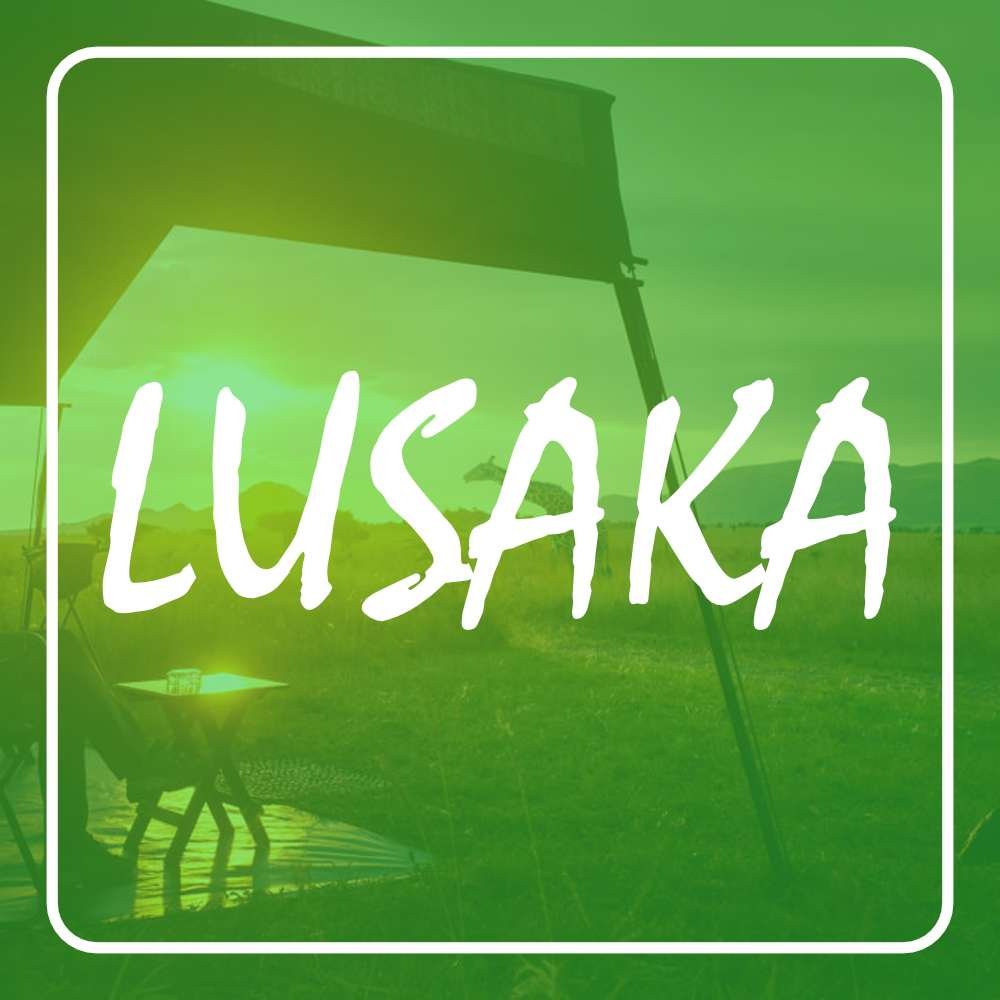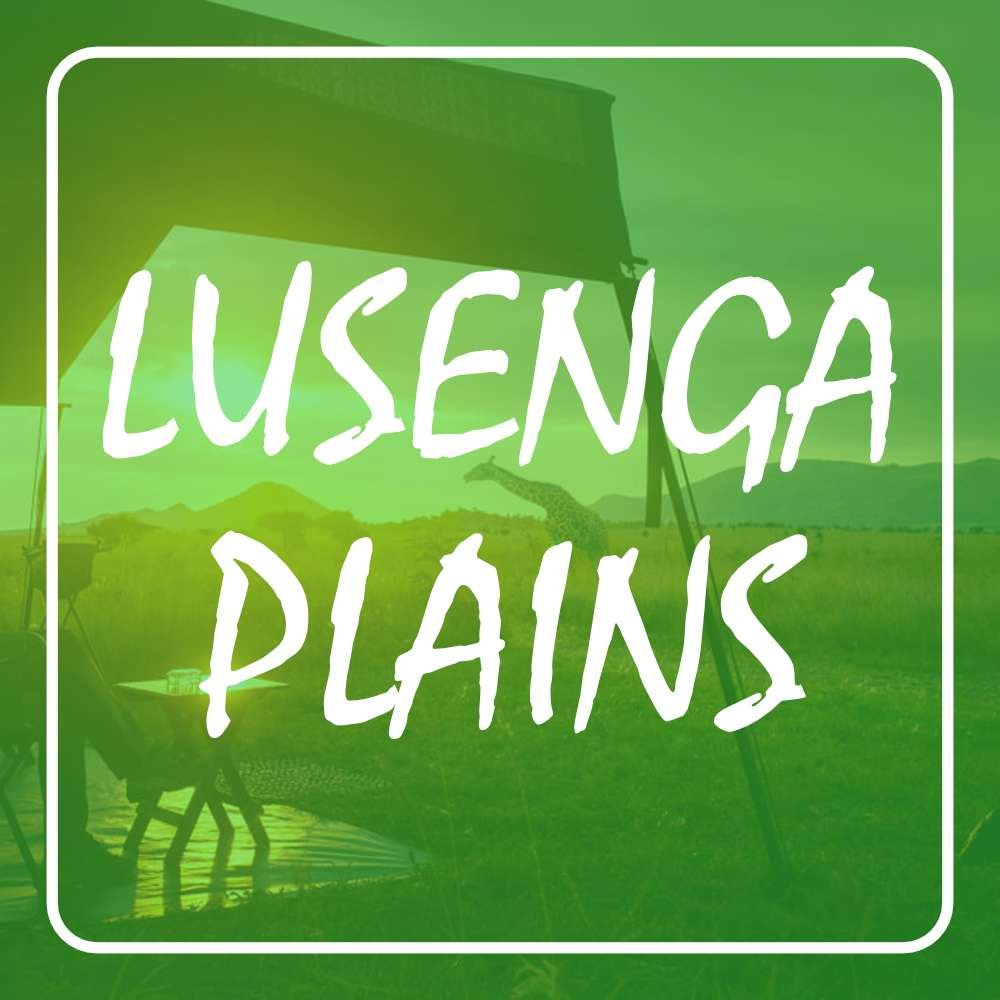Isangano National Park
- Governing Body: Department of National Parks and Wildlife
- Coordinates: 11°10′S 30°40′E
- Type: National Park
- Area: 840km2
- Established: 1972
- Nearest District(s): Luwingu and Kasama
- Province(s): Northern
- Countries: Zambia
Share:
General Information
The Isangano national park is a small and under-developed national park in northern province
Infrastructure & Accessibility
The Isangano national park went into decline due to problems caused by human settlement and lack of funds. This has resulted in little wildlife and game in the park. In July 2007, steps were taken to address these problems.
Habitat, Flora and Climate
The Isangano national park is located in the Luwingu and Kasama districts of the Northern Province in Zambia. Its terrain is mainly floodplain, with swampy forests and grasslands. The park is part of the Bangweulu Swamps, and it is bordered at the east by the Chambeshi River and at the west by the Bangweulu Flats. It has an altitude of 1100 meters.
Wildlife
There is little wildlife in Isangano National Park and little game because of the illegal human settlements and subsistence hunting by those living in the park. Common animals found at the park are migratory and the black lechwe, reedbuck, oribi, and sitatunga.
Birdlife
The park has mostly water birds and numerous migratory species.
Species such as the black crowned night heron, Denham’s bustard, flamingo, Fuelleborn’s long claw, glossy and sacred ibis, pelican, rosy-throated long claw, spoonbill, spur winged goose, swamp flycatcher, wattled crane and white fronted bee-eater. The highlights being are the rare – and in-fact endangered – saddle-billed stork and shoebill. A treat for avid birders, and laymen alike.
Accommodation Type(s)
CampingActivities
Game Drives, Safari Tour, Guided TourNo donation to this project yet.
| M | T | W | T | F | S | S |
|---|---|---|---|---|---|---|
| 1 | 2 | 3 | 4 | 5 | 6 | 7 |
| 8 | 9 | 10 | 11 | 12 | 13 | 14 |
| 15 | 16 | 17 | 18 | 19 | 20 | 21 |
| 22 | 23 | 24 | 25 | 26 | 27 | 28 |
| 29 | 30 | 31 | ||||










